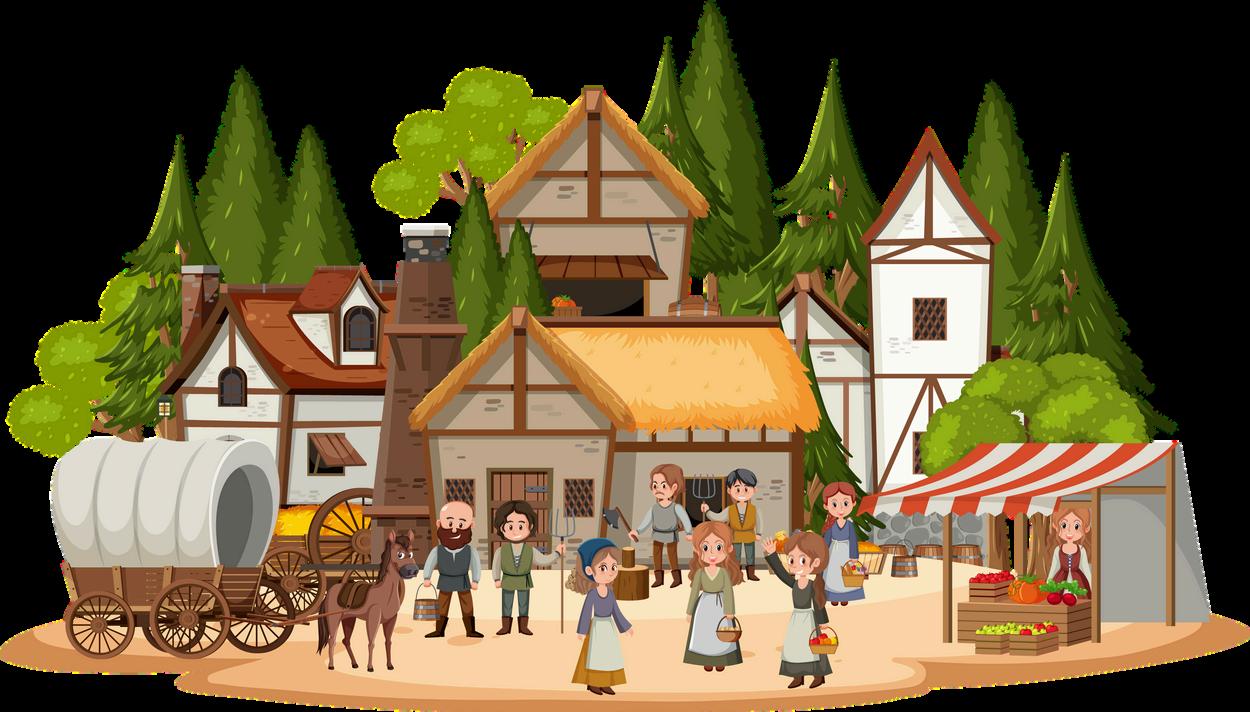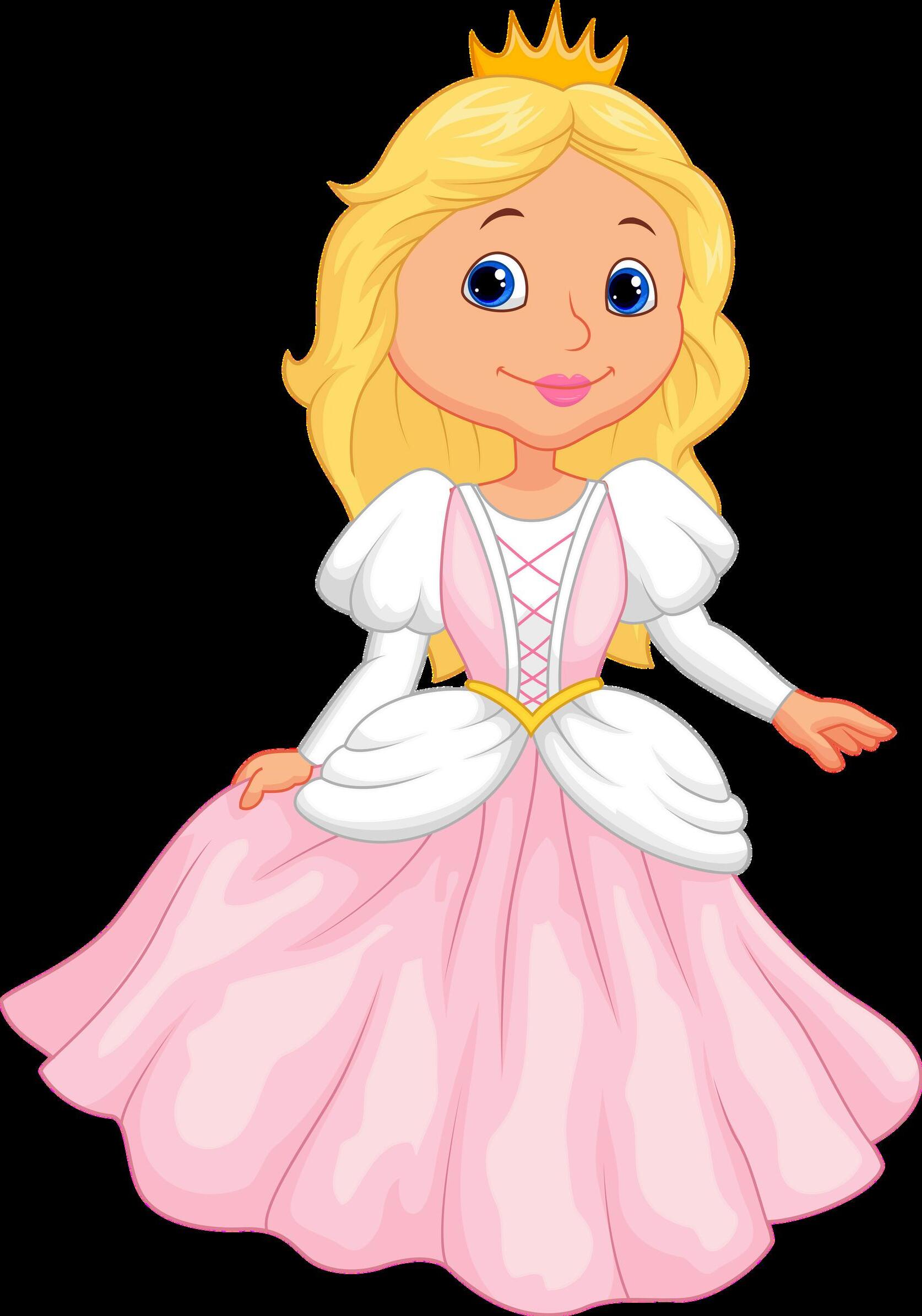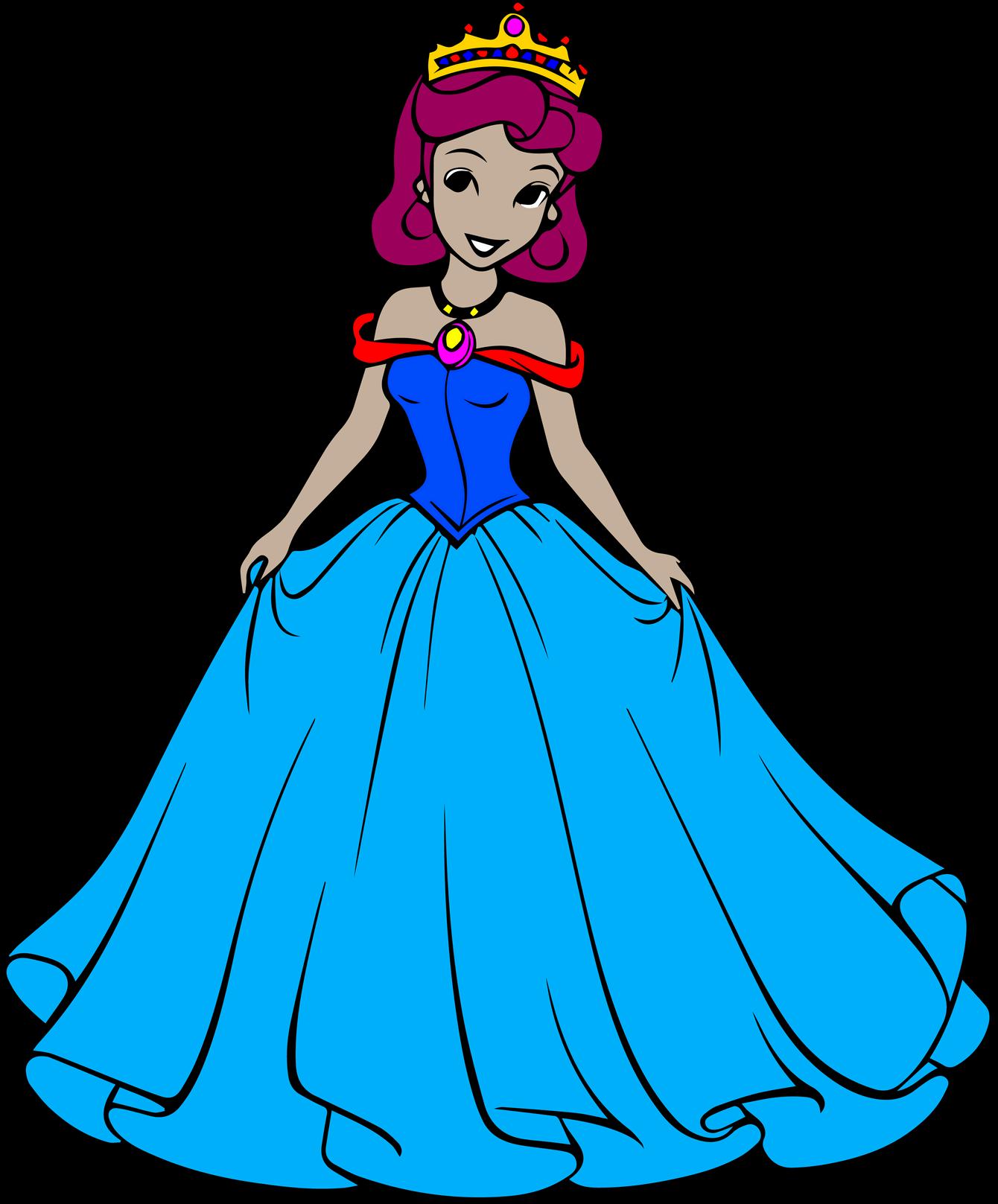

Once upon a time, a beautiful young girl named Ella lived in a quaint village. She was known for her kindness and gentle nature, but her life took a tragic turn when her beloved mother passed away. Left in her father's care, Ella's world brightened when he married a woman with two daughters of her own.


However, Ella's happiness was short-lived as her new stepfamily revealed their true colors. Her stepmother was cold and demanding, while her stepsisters were alous and cruel. They forced Ella to work tirelessly as a servant in her home, earning her the nickname Cinderella" due to the ashes and cinders that often covered her from her work by the fireplace.
Despite her hardships, Cinderella remained resilient and hopeful. One day, an invitation to the royal ball arrived, announcing that the prince sought a bride. Cinderella's stepfamily made plans to attend, but they forbade her from joining them, leaving her heartbroken.

CYOUARE IORDIALLYTNVITED O THEROYAL BALL
Cinderella



In her despair, Cinderella's tears caught the attention of her fairy godmother, who appeared before her. With a wave of her wand, she transformed Cinderella's tattered dress into a magnificent gown, her worn-out shoes into delicate glass slippers, and a pumpkin into a dazzling carriage, complete with footmen, mice, and a coachmen.








Overwhelmed with gratitude, Cinderella set off for the ball, with her fairy godmother's warning to return before midnight echoing in her ears. As she entered the grand palace, all eyes were on her, including the prince's, who was instantly captivated by her beauty and grace.



Fill in the Word Companion Activity
Once upon a time, a young girl named Ella lived in a quaint . She was known for her and gentle nature, but her life took a tragic turn when her beloved _________ passed away. Left in her father's care, Ella's world brightened when he married a woman with two of her own.
In her despair, Cinderella's tears caught the attention of her godmother, who appeared before her. With a wave of her , she transformed Cinderella's tattered dress into a magnificent , her worn-out shoes into delicate slippers, and a pumpkin into a dazzling , complete with footmen, , and coachmen.
Overwhelmed with gratitude, Cinderella set off for the ________, with her fairy godmother's warning to return before echoing in her ears. As she entered the grand , all eyes were on her, including the , who was instantly captivated by her ___________ and grace.
Fill in the Word Companion Activity
Determined to find the mysterious , the prince searched the , fitting the glass slipper onto the feet of every girl. When he arrived at home, her stepsisters tried to deceive him, but Cinderella's and humility shone through.
As the perfectly fits Cinderella, the prince realizes he has found his true love. He whisks her away to the
____________________, where they are married in a grand ceremony. And so, Cinderella's days of hardship are replaced with a life of , happiness, and the fulfillment of her
.


Parts of the Story Mountain
Write the word or simple sentence
Characters Setting









Problem Solution Theme


Parts of the Story Mountain
Write a word and paragraph
Characters



Word





Word
Setting

Summary
Paragraph
Benefits of Prior Knowledge Stories
Using stories in language classrooms that students have prior knowledge offers several benefits:
Using stories or topics that students have prior knowledge of in the language classroom enhances comprehension, confidence, vocabulary acquisition, critical thinking skills, and retention, making it a valuable and effective teaching strategy.
Enhanced Comprehension:
Students are more likely to understand and engage with stories they already know Prior knowledge of the plot, characters, and themes helps students comprehend the text more easily, allowing them to focus on language acquisition and deeper comprehension
Increased Confidence:
Familiar stories comfort and inspire language learners. When students are familiar with the content, they feel more capable of understanding and discussing the story in the target language, leading to increased participation and engagement in the classroom
Vocabulary Acquisition:
Prior knowledge of the story allows students to focus on learning new vocabulary within the familiar narrative. This facilitates vocabulary acquisition as students encounter new words and phrases in a meaningful and memorable context.
Linguistic Transfer:
Students can transfer their knowledge of the story from their native language to the target language This facilitates language learning as students can connect the two languages, identify cognates, and apply their existing language skills to the new context.
Critical Thinking Skills:
Familiar stories allow students to engage in higher-order thinking tasks such as analysis, evaluation, and synthesis Students can focus on exploring the story's deeper meaning, identifying themes, analyzing characters' motivations, and making connections to their own lives and experiences
Retention and Recall:
Prior knowledge of the story improves retention and recall of language structures and vocabulary. Students are more likely to remember new language elements when they encounter them in a familiar context, leading to improved long-term language learning outcomes





















